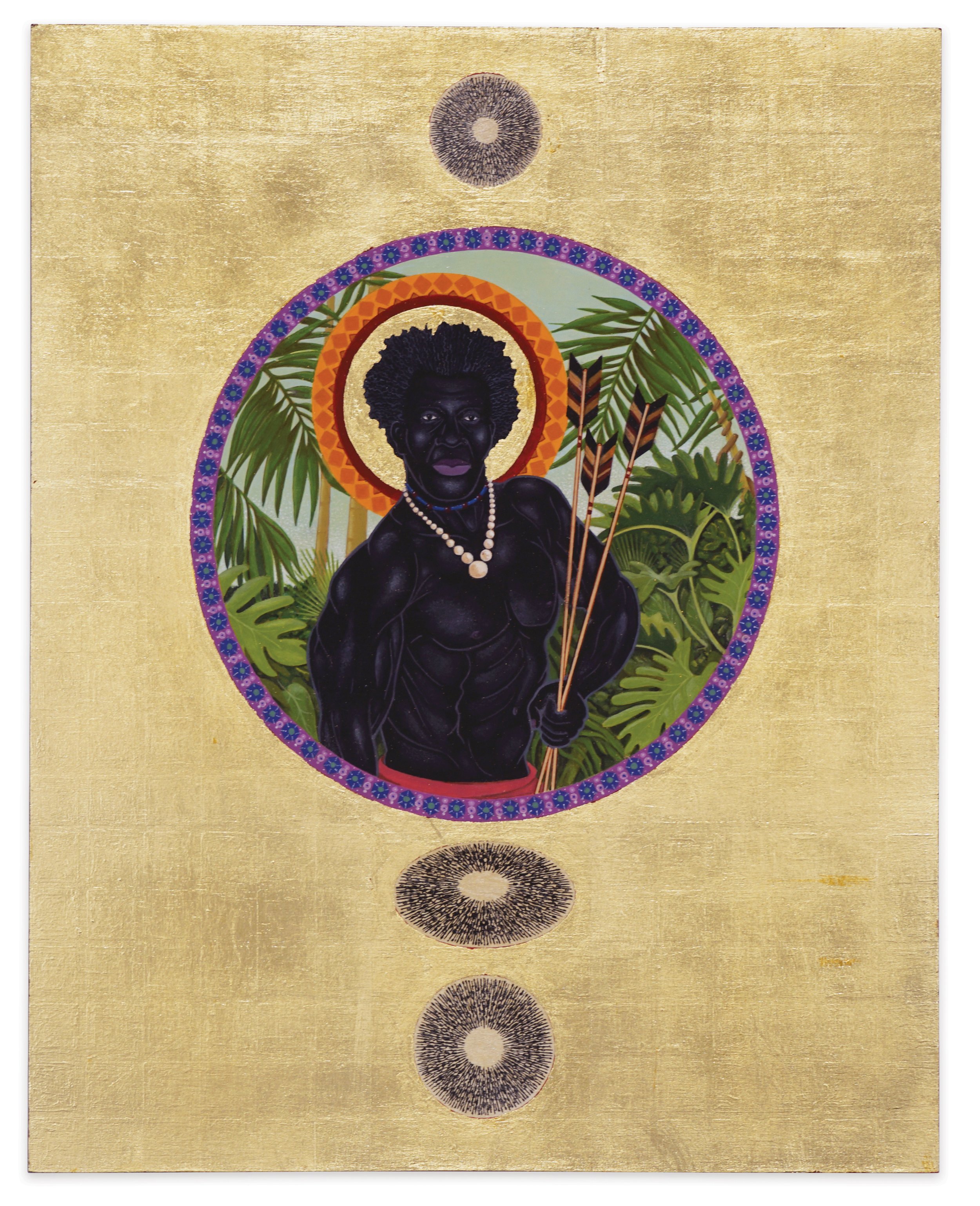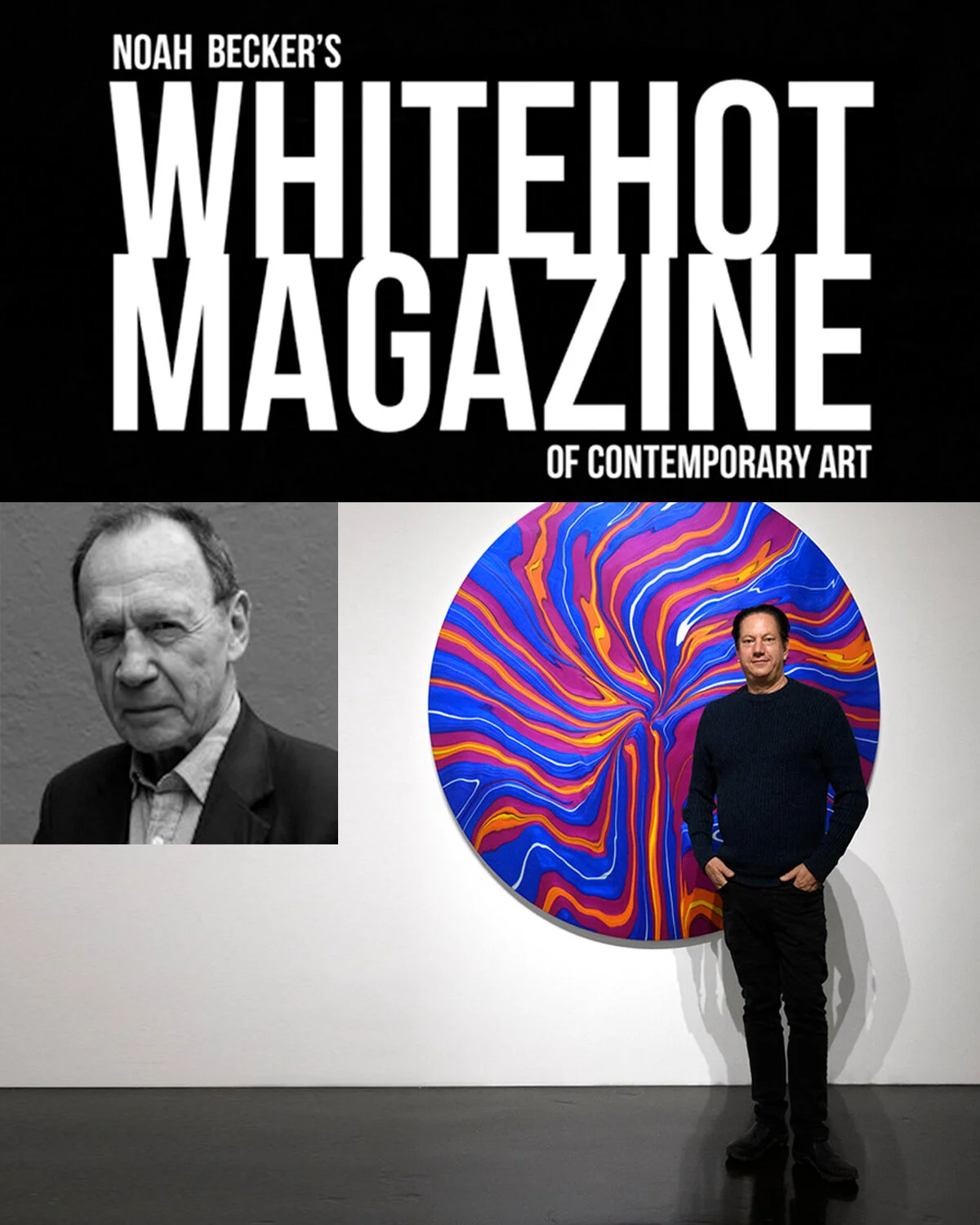WTG EVENT - IN CONVERSATION: with MARK STEVEN GREENFIELD
/Mark Steven Greenfield, Califia, 2022, gold leaf and acrylic on wood panel, 30" x 56"
Join Mark Steven Greenfield & William Turner for a conversation & walkthrough of Greenfield's current exhibition, HALO.
SATURDAY, JUNE 25, 2022 / 3:00 pm - 5:00 pm
3:00 Refreshments
3:30 Walk through begins
4:15 Catalog signing
Join Mark Steven Greenfield & William Turner for a conversation & walkthrough of Greenfield's current exhibition, HALO.
The two will discuss Greenfield's artistic practice and rooted engagement with the social and political issues involving race and racial identity. The conversation will address issues surrounding colonialism, slavery, and their impact on the historical record and will involve many of the individuals featured in the exhibition who have been marginalized and omitted from accepted narratives.
Additionally, Mark Steven Greenfield will be signing our new Halo exhibition catalog for any who wish to acquire one.
Rewards Program, 2021, gold leaf and acrylic on wood panel, 24" x 36"
About Mark Steven Greenfield: With a 2022 acquisition by the Crocker Art Museum, a 20-year museum Survey Exhibition at the Museum of Art & History in Lancaster, a coveted residency at Log Haven in Knoxville, TN and critical acclaim for his recent exhibitions, Black Madonna & Halo, Greenfield has been on the kind of career roll that artists dream of. That Greenfield has managed to develop a major body of work and career, while also contributing significantly to the arts and culture of Los Angeles, is a testament to his dedication and practice. From1993-2011, Greenfield worked for the Los Angeles Department of Cultural Affairs as director of the Watts Towers Arts Center, and later as director of the Los Angeles Municipal Art Gallery, Barnsdall Park. He has served on the boards of the Downtown Artists Development Association, the Armory Center for the Arts, the Black Creative Professionals Association, the Watts Village Theatre Company and was past president of the Los Angeles Art Association/Gallery 825. He currently teaches drawing and design at Los Angeles City College, and serves on the board of Side Street Projects. His work is in numerous museum and public collections.














